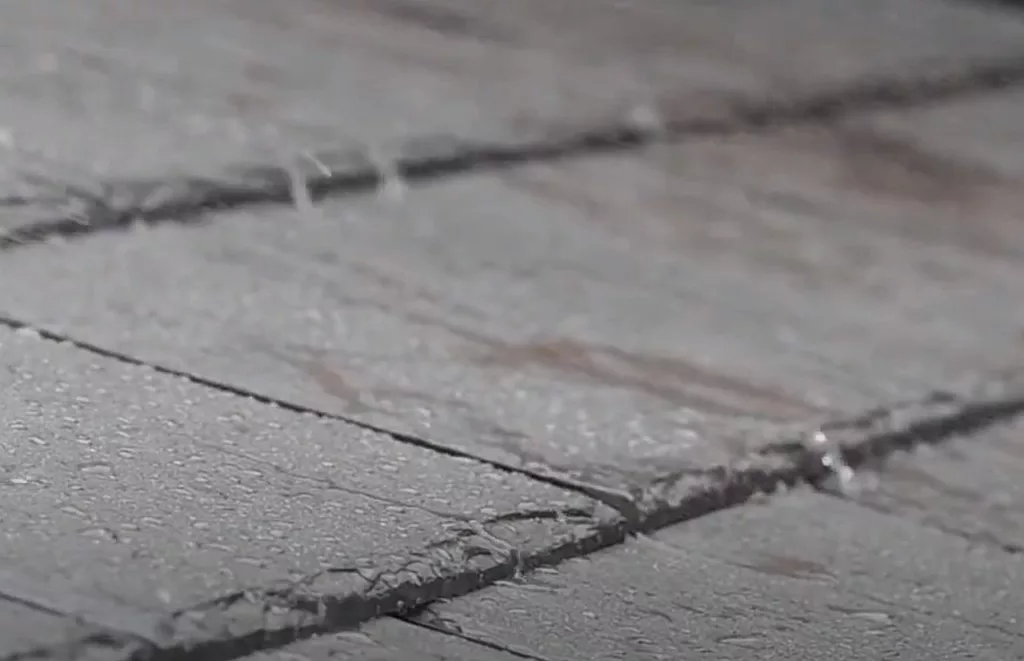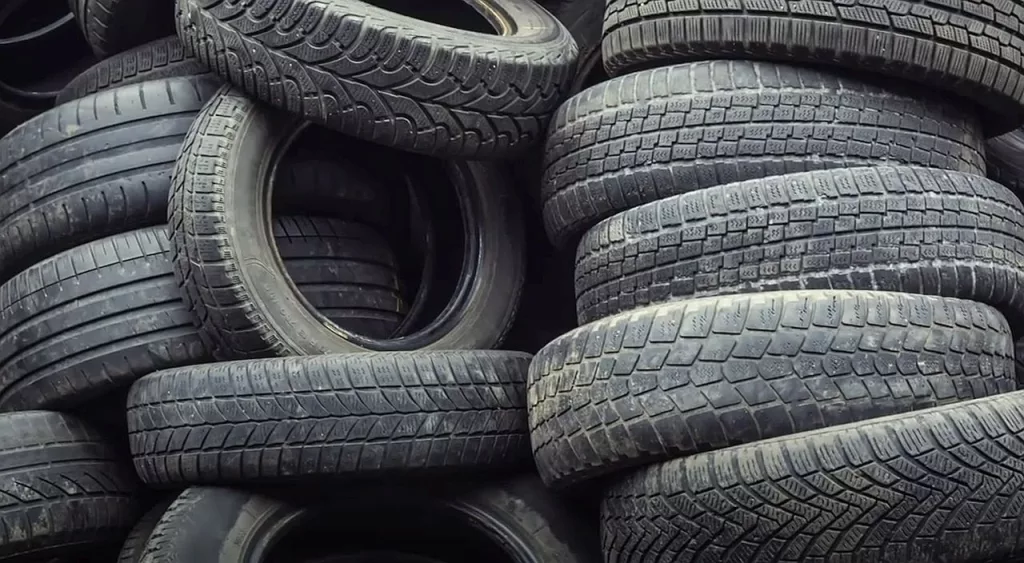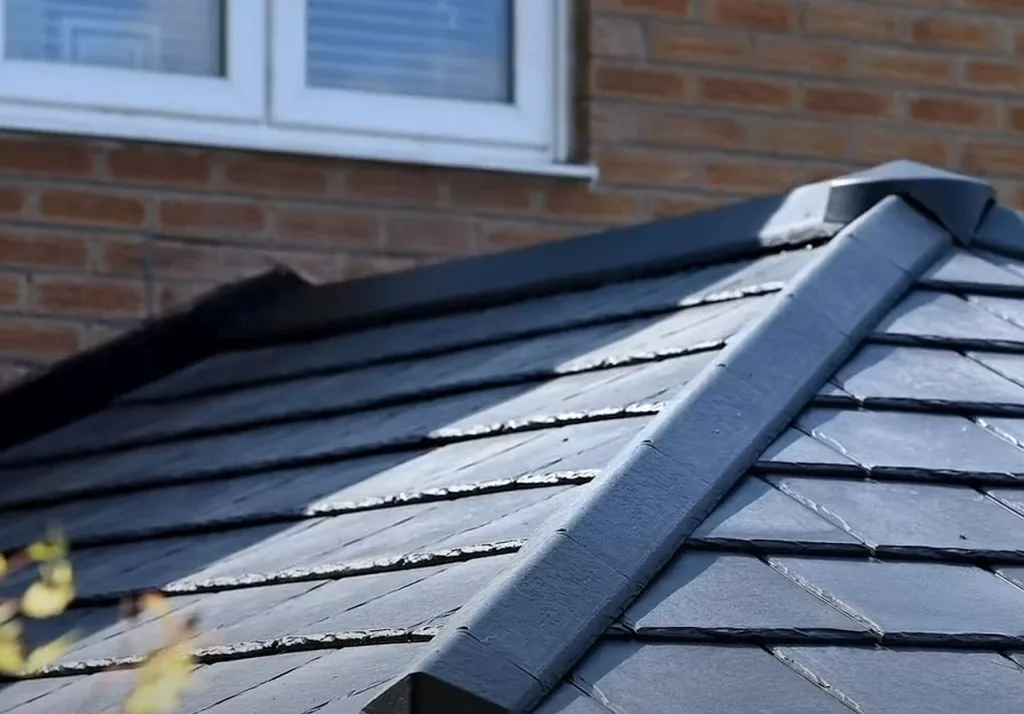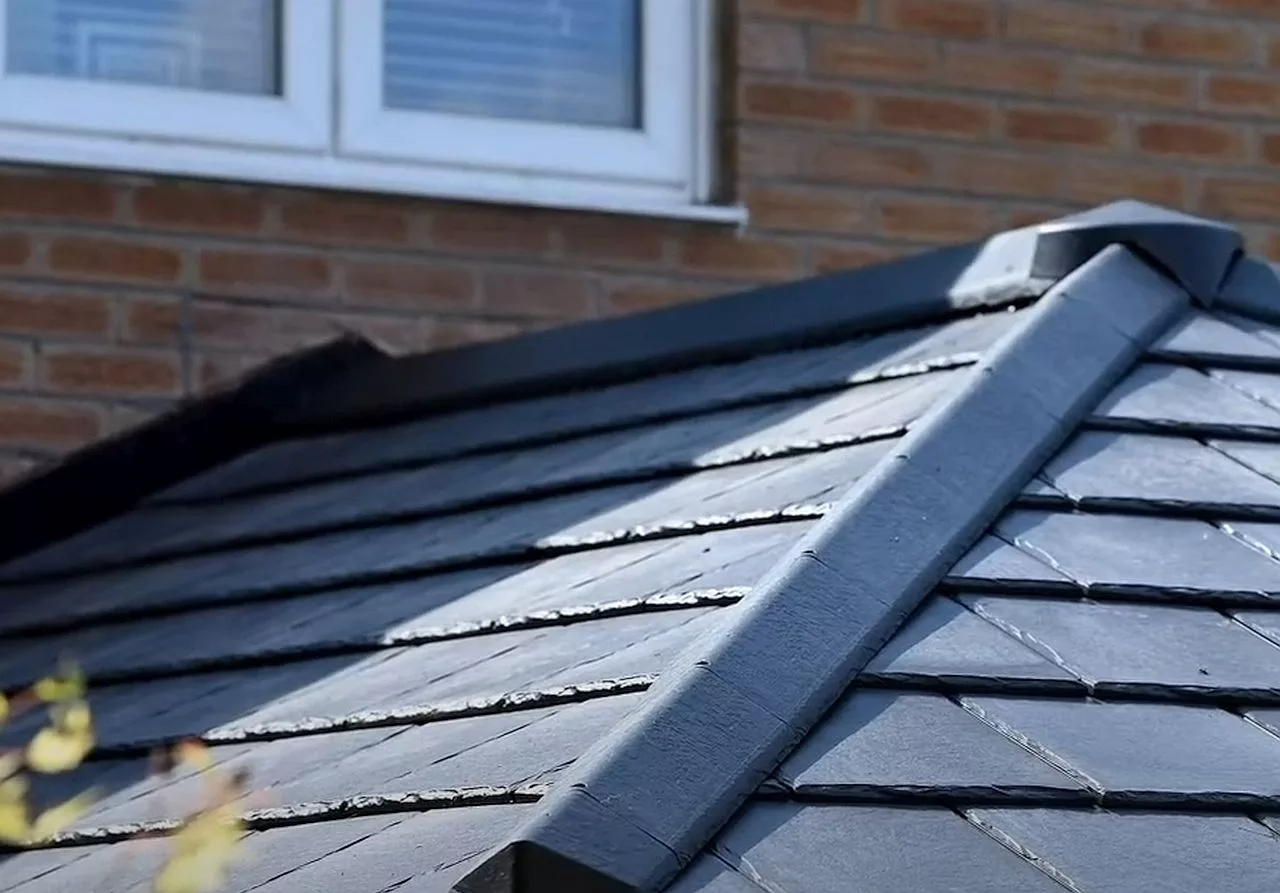Last Updated on: 13th August 2023, 04:27 am
True to its name, polymer roofing is a roofing material that is composed of polymers. This are large molecules composed of repeated subunits. These roofs are known for their durability, versatility, plus eco-friendliness. But is it same as composite roofing? What are the pros and cons? And why should you choose polymer roofing tiles? Let’ s exlpore these questions together.
Table of Contents
- Understanding Polymer Roofing Materials
- Distinguishing Between Polymer and Composite Roofing
- Advantages of Opting for Polymer Roofing
- Considerations and Limitations of Polymer Roofing
- Appropriate Circumstances for Polymer Roofing
- Scenarios Where Polymer Roofing May Not Be Ideal
- Environmental Implications of Polymer Roofing
- Installation Process
- FAQs
- Final Words
Understanding Polymer Roofing Materials
First and foremost, what constitutes polymer roofing materials? Essentially, they are synthesized from polymers, which are akin to the building blocks of plastics. But, let’s not jump to conclusions. These materials boast remarkable durability and can emualte the appearance of natural products for instance wood and slate.
Moreover, polymer roofing is harbinger of sustainability. Often crafted from recycled materials, it’s a salute to environmental consciousness. Additionally, it doesn’t consume fossil fuel resources like tarditional asphalt shingles. Thus, it’s harmonious blend of style and sustainability.
Here’s a bit more detail about polymer roofing materials.
Polymer Roofing Tiles
These are designed to mimic the appearance of traditional roofing materials like slate, wood, or clay, but they offer enhanced performance characteristics. They are lighter, more durable, and often more environmentally friendly.

Thermoplastic Olefin (TPO) Roofing
TPO is a single-ply roofing membrane made from ethylene-propylene rubber. It’s particularly popular for flat roofs on commercial buildings. It offers strong resistance to UV rays and weathering.
Polyvinyl Chloride (PVC) Roofing
PVC roofing is another single-ply membrane often used in commercial applications. It offers excellent resistance to chemicals, making it a good choice for roofs that may be exposed to various industrial chemicals.
Ethylene Propylene Diene Monomer (EPDM) Roofing
This synthetic rubber roofing membrane is known for its durability and versatility. It’s commonly used on both residential and commercial buildings. Asphalt Composite Shingles with Polymer Blends: Some manufacturers blend polymers with asphalt to create composite shingles that are more resistant to weathering and discoloration. Recycled Polymer Roofing: There are also some products made from recycled plastics and polymers, contributing to sustainability efforts in construction.

Distinguishing Between Polymer and Composite Roofing
Is there distinction between polymer and composite roofing materials? Indeed, there is. Copmosite roofing is akin to a blend, incorporating various materials including polymers, fiberglass, and recycled paper.
Conversely, polymer roofing is more specialized, focusing on polymer-based materials. Think of comopsite as rich, multifaceted stew, while polymer is like finely curated steak.
Trending Now:
Advantages of Opting for Polymer Roofing
Let’s delve into advantages. Polymer roofs are incredibly durable, can emualte natural materials. And are often crafted from recycled components.
Additionally, they are resilient against severe weather conditions. Be it strong winds, hail damage, or cold weather, polymer roofs stand steadfast. Furthermore, they necessitate minimal maintenance, affording you more leisrue time.
Considerations and Limitations of Polymer Roofing
However, it is imperative to consider certein limitations. The initial cost of polymer roofing can be relatively higher compared to traditional materials. However, conisder it long-term investment in your dear abode.
Additionally, not all insurance companies may be acquainted with polymer roofing. Consequently, it is prduent to ensure adequate coverage. The long-term benefits are well worth the effort.
Appropriate Circumstances for Polymer Roofing
When should one consider polymer roofing? If durability, environmental sustainability, and aesthetic versatility are priorities, polymer roofing is an execllent choice. It is particularly beneficial in regions prone to harsh weather conditions.
Moreover, its ability to mimic appearance of more expensive options such as natural slate or wood shingles adds to its appeal. It’s an amalgamation of functionlaity and style.

Scenarios Where Polymer Roofing May Not Be Ideal
Conversely, polymer roofing may not be suitable for all scenarios. If budget constraints necessitate an economical solution, or if there is a preference for natural roofing materials, alternaitves may be more appropriate.
Additionally, building codes or homeowners association regulations may impose restrictions on roofing materials. Itis advisable to conduct tohrough research and consultations prior to making a decision.
Environmental Implications of Polymer Roofing
Let’s explore the environmental implications. Polymer roofing is a boon for environmental sustainability. Crafted frequnetly from recycled plastic, it contributes to waste reduction and is more energy-efficient than traditional asphalt shingles.
Moreover, its longevity implies fewer roof replacements, thus reducing material consumption and waste. It’s an environmentally resopnsible choice for conscientious homeowner.
Installation Process
When installing polymer roofing, there’s more than meets eye. As I mentioned earlier, polymer roofing is relatively lightweight. This is a huge plus. This means it puts less stress on roof deck, which is definitely a good thing. But here’s catch – because of its unique properties, installing polymer roofing isn’t as straightforward as nailing down some asphatl shingles.
Polymer roofing tiles often have interlocking edges, which means they need to be aligned just right to ensure a watertight seal. Plus, because they’re made from plastic and rubber, they can expand and contract with temperature changes. This means they need to be installed in a way that allows for some movement withuot breaking the seal.
But wait, there’s more. The underlayment – that’s layer that goes under the tiles – is also super important. It needs to be compatible with polymer materials and properly installed to prevent moisture from getting under the tiles. This is where a professoinal roofing contractor comes into play.
Hiring a expert who’s experienced in installing polymer roofing is like getting an insuracne policy for your roof. They’ll know ins and outs of the materials, and they’ll have tools and knowledge needed to install them correctly. Yes, this might mean shelling out more cash upfront for installation cost, but think of its as an investment in longevity and performance of your roof.
In the long run, a properly installed polymer roof can save you money on maintennace and repairs. Also, it can even increase the value of your property. Well, ladies and gentlemen, when it comes to installing polymer roofing, don’t cut corners. Make sure it’s done right by hiring professional with the right expertise.
FAQs
How Long Does PVC Plastic Roofing Last?
What is lifespan of PVC plastic roofing? Typically, PVC plastic roofing boasts a remarkable lifespan of 20 to 30 years. Its durability and resilience agianst the elements contribute to its longevity.
However, it is paramount to undertake regular care and inspections to optimize its lifespan. Proper care and maintennace are integral to maximizing benefits of PVC plastic roofing.
What is a Polyester Roof?
What constitutes a polyester roof? Essentially, it is a roofing material synthesized from polyester, regularly in form of fabric coated with a waterporof layer.
It is characterized by durability, flexibility, and cost-effectiveness. Additionally, its lightweight properties reduce structural strain, making it a vresatile and practical choice for various applications.
Are Polymer Tiles Suitable for Siding?
Is it feasible to utilize polymer tiles for siding? Absolutely! Polymer tiles are durable, aesthetically versatile, plus rqeuire minimal upkeep, making them an ideal choice for siding applications.
Additionally, they can emulate the appearance of natural materials, providing an array of stylistic options without the associated maitnenance requirements.
What is Difference Between Polymers and Fiber as Construction Materials?
What distinguishes polymers from fibers in construction applications? Polymers are versatile and can emulate various materials. Fibers, on the other hand, are typically utilized to reinforce materials incluidng concrete.
Polymers are the primary material, while fibers serve to enhance and support other materials. Each has disticnt applications and functions within construction industry.
Final Words
Ladies and gentlemen, we have traversed the multifaceted landscape of polymer roofing. From its robust durability to its environmental stewardship, it presents cmopelling case for consideration. However, it is essential to weigh the initial investment and ensure compatibility with local regulations and preferences.
If you seek a roofing solution that harmonizes durability, aesthetics, and environmental sustainability, polmyer roofing may be the choice. Consult professional roofing contractor, and perhaps your next easy morning will be under the protective embrace of a polymer roof.

Hi! I’m building a garden shed and stumbled across polymer roofing. Is this something I could use for a small project? What do I need to know about it, and is it tough to install?
Hi Emily! Thanks so much for dropping by RoofingChildsPlay blog and talking about your the garden shed project. It’s awesome to see DIY enthusiasts like you exploring brand new materials!.
Polymer roofing is made from plastic-like materials and comes in various styles, including sihngles that can look like traditional roofing materials for instance wood or slate. It’s known for being durable and lightweight.
Can You Use its for small project? Absolutely! Polymer roofing can be great choice for garden shed. Since it’ s lightweight, it’s easier to handle. This can be a huge plus for a DIY project. Also, its durability means your shed’s roof could last a long time withotu much maintenance.
Here are some crucial points to keep in mind:
– It resists cracking, splitting. And fading.
– Comes in various colors and styles.
– Some types are made from recycled materials.
– It might be more expensive than traditional asphalt shingles but less so than materials like slate.
– It generally holds up well against rain, wind, and sun.
Is it tough to install? For a DIYer with some roofing experience, polymer roofing can be quite manageable. It might be different from working with traditional shingles, so reading the manufacturer’s instructions and watching some tutorials online would be wise. You’ll need some common roofing tools and materials like underlayment, nails, or roofing screws.
Remember, each product might have specific requirements, so always follow manufacturer’s recommendations.
Emily, I hope this gives you a good starting point for deciding on polymer roofing for your garden shed. I’m happy you’re considering this matreial.